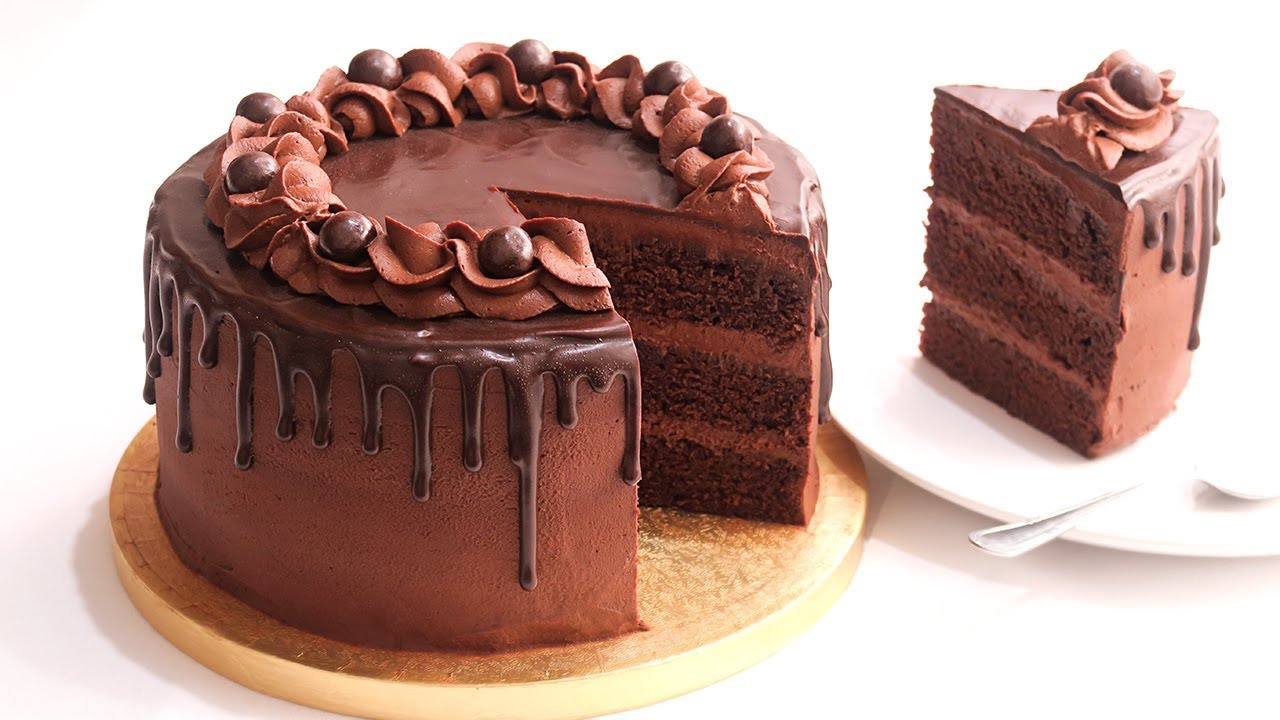When it comes to delectable treats that tantalize the taste buds, few can rival the allure of la torta. This beloved dish has its roots steeped in rich traditions and diverse cultural influences, making it a staple in various cuisines around the world. With each region putting its unique spin on the recipe, la torta has evolved into a culinary masterpiece that transcends borders, bringing together flavors and textures that are as varied as the people who make it.
La torta is not merely a dish; it represents a celebration of community, family, and heritage. Whether served at festive gatherings, casual get-togethers, or as a simple lunch option, la torta has carved its niche in the culinary world. But what exactly is la torta, and why has it captured the hearts and palates of so many? The answer lies in its versatility and the myriad of ingredients that can be used to create this mouthwatering delight.
As we delve deeper into the world of la torta, we will explore its origins, variations, and the secrets behind crafting the perfect one. From savory to sweet, the possibilities are endless, and understanding what makes la torta so special will enhance your appreciation of this iconic dish. Join us on this gastronomic journey as we uncover the mysteries of la torta!
What is La Torta?
La torta generally refers to a type of cake or pastry in Spanish-speaking countries, but its meaning can vary significantly based on the region. In Mexico, for instance, it commonly refers to a sandwich made with a bolillo or telera bread, filled with a variety of meats, cheeses, and vegetables. In other Latin American countries, such as Argentina and Chile, la torta can mean a sweet cake often enjoyed during celebrations. This duality in meaning reflects the adaptability and regional flavors that define la torta.
What Are the Different Types of La Torta?
La torta can take on many forms, depending on the ingredients and preparation methods. Here are some popular types:
- Mexican Torta: A savory sandwich filled with meats like carnitas, chicken, or chorizo, often topped with avocado, beans, and salsa.
- Argentinian Torta: A layered cake made with dulce de leche, chocolate, or fruits, often served at birthdays and special occasions.
- Spanish Tarta: A type of pastry that can be sweet or savory, often incorporating almonds or fruits.
- Chilean Torta: Known for its rich layers, this cake typically features chocolate and cream, making it a favorite for celebrations.
How is La Torta Made?
The preparation of la torta varies greatly depending on the type you are making. For a Mexican torta, you would start with fresh bread, slice it open, and layer in your choice of fillings. The key is to balance flavors and textures, ensuring that each bite is a delightful explosion of taste. On the other hand, creating a rich Argentinian torta involves baking layers of cake, filling them with sweet treats, and frosting them to perfection.
What Ingredients Are Commonly Used in La Torta?
The ingredients for la torta vary widely based on regional preferences and individual tastes. Here are some common components:
- Breads: Bolillo, telera, or various cake bases.
- Meats: Carnitas, chicken, turkey, or chorizo.
- Vegetables: Avocado, lettuce, tomato, onions, and jalapeños.
- Cheeses: Queso fresco, Oaxaca cheese, or cream cheese.
- Sweets: Dulce de leche, chocolate, fruits, and whipped cream.
Where Can You Find La Torta?
La torta is widely available in Latin American communities and can be found in various eateries, from street vendors to upscale restaurants. In the United States, many cities with significant Hispanic populations feature restaurants that specialize in authentic Mexican tortas. If you're looking to explore Argentinian tortas, seek out bakeries or Argentine steakhouses that offer traditional desserts.
Why is La Torta So Popular?
The popularity of la torta can be attributed to its versatility and the comfort it provides. It can be a quick meal, a festive treat, or a delightful dessert, making it suitable for any occasion. The ability to customize la torta with personal preferences also adds to its charm, allowing individuals to create their unique versions.
What Makes La Torta Unique?
One of the defining characteristics of la torta is its ability to adapt to different tastes and cultures. Each region has its distinct flair, incorporating local ingredients and culinary techniques. This fusion of flavors and styles contributes to la torta's enduring popularity, ensuring it remains a beloved choice among food enthusiasts worldwide.
How to Make Your Own La Torta?
Creating your own la torta at home can be a fun and rewarding experience. Here’s a simple recipe to get you started:
- Gather Ingredients: Choose your bread, meats, vegetables, and condiments.
- Prepare Fillings: Cook meats and chop vegetables as desired.
- Assemble: Slice the bread and layer in your fillings, adding sauces and toppings.
- Press and Serve: Press down on the sandwich, slice it in half, and enjoy!
Conclusion: What is La Torta's Legacy?
La torta is more than just a meal; it embodies the essence of culinary creativity and cultural exchange. Whether you're indulging in a savory Mexican torta or a sweet Argentinian treat, you are partaking in a tradition that has traveled across borders and generations. Understanding what is la torta helps us appreciate the rich tapestry of flavors and stories that make this dish a true delight. So the next time you enjoy a slice or a sandwich, take a moment to savor not just the taste but the history and love that goes into every bite.
You Might Also Like
Unraveling The Life And Legacy Of David HearstCelebrating The Beauty Of Big Breasted Latina Women
Unveiling The Life And Legacy Of Valencia Daniel Coleman
Bolly 4 U: A Journey Through The Vibrant World Of Bollywood Entertainment
Discovering Venevision Online: Your Gateway To Latin Entertainment
Article Recommendations


